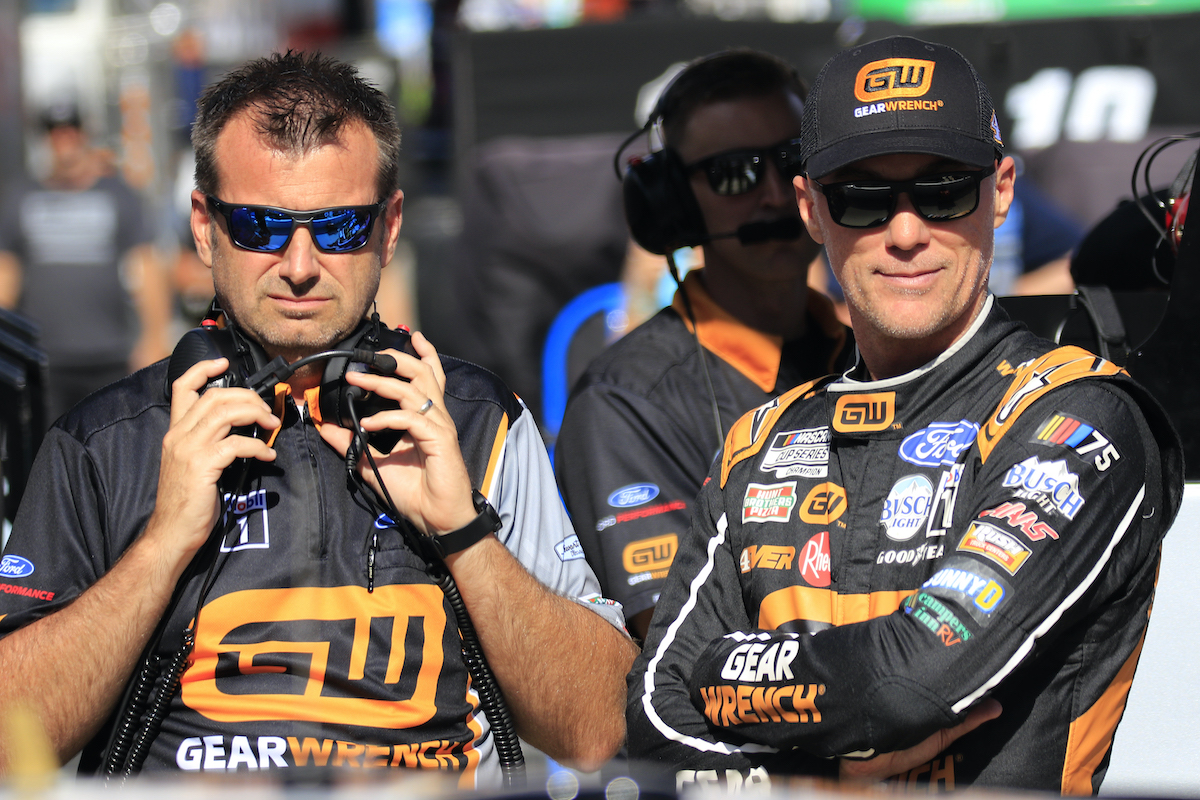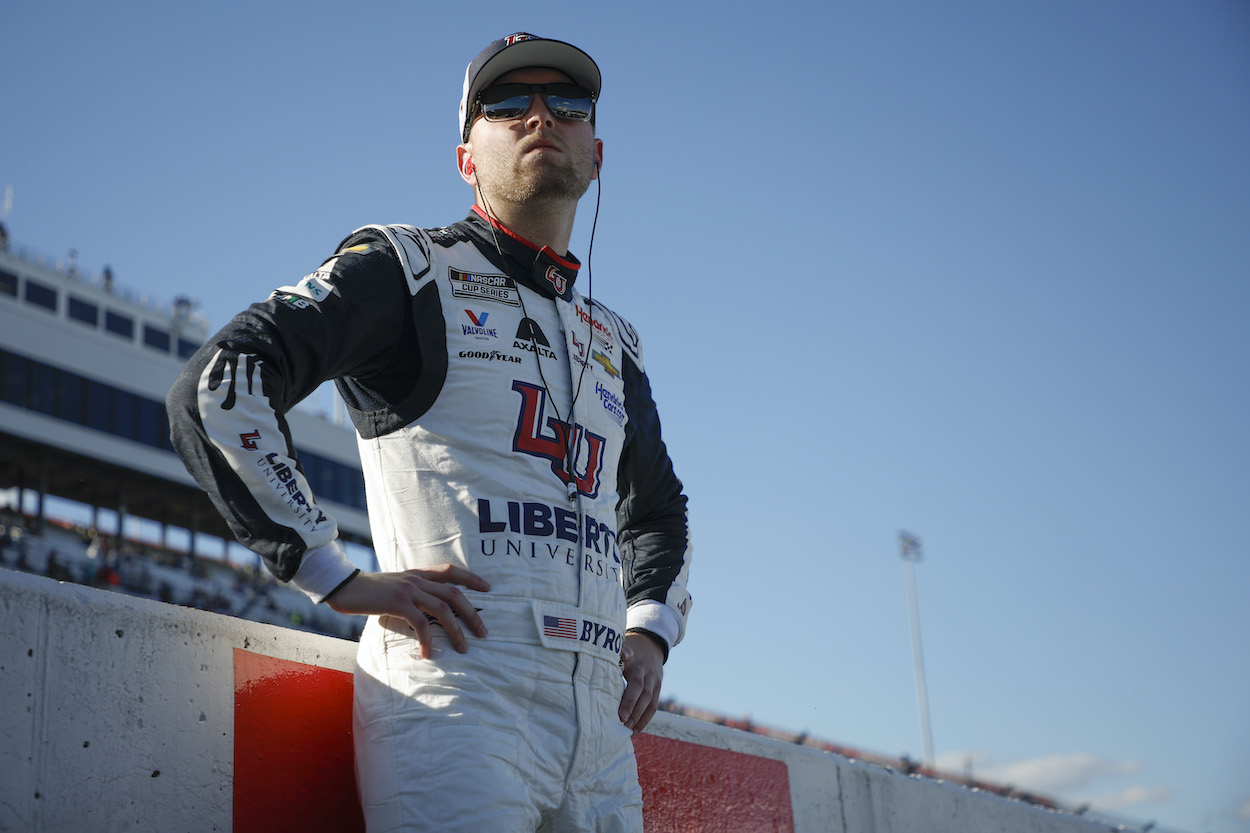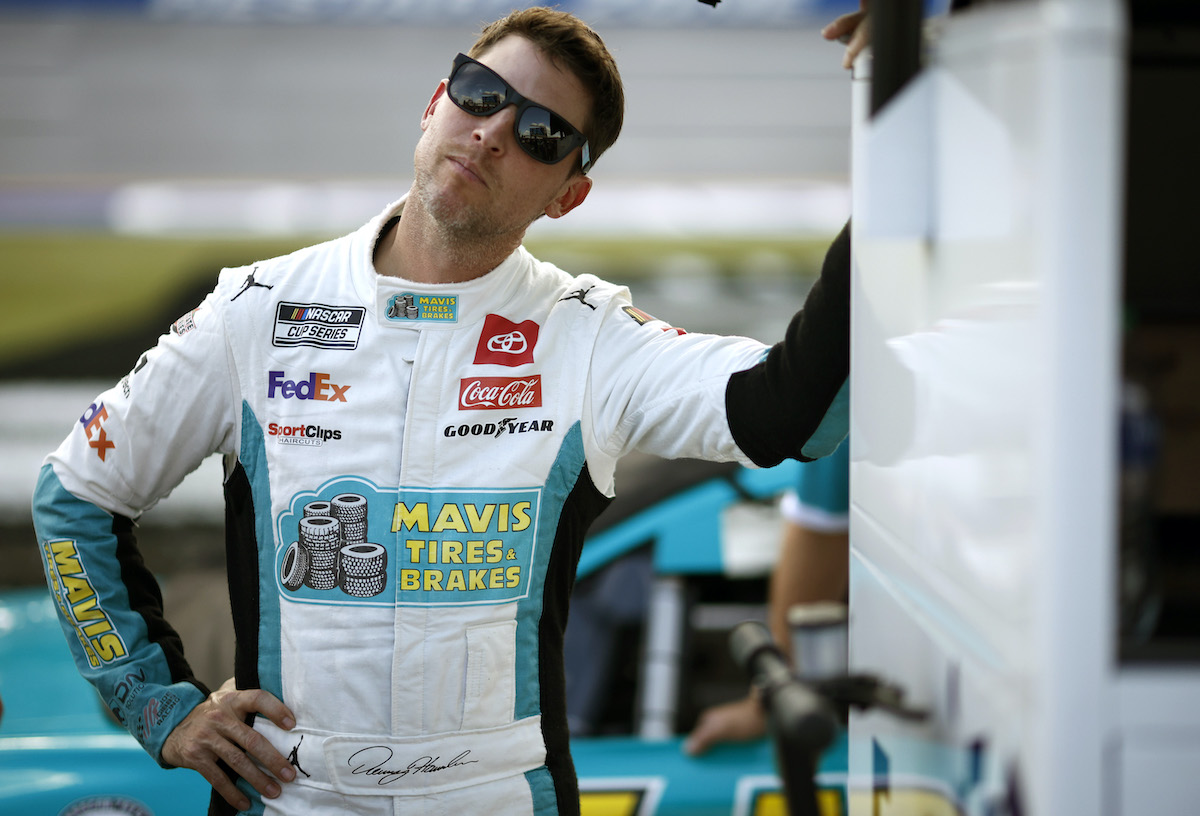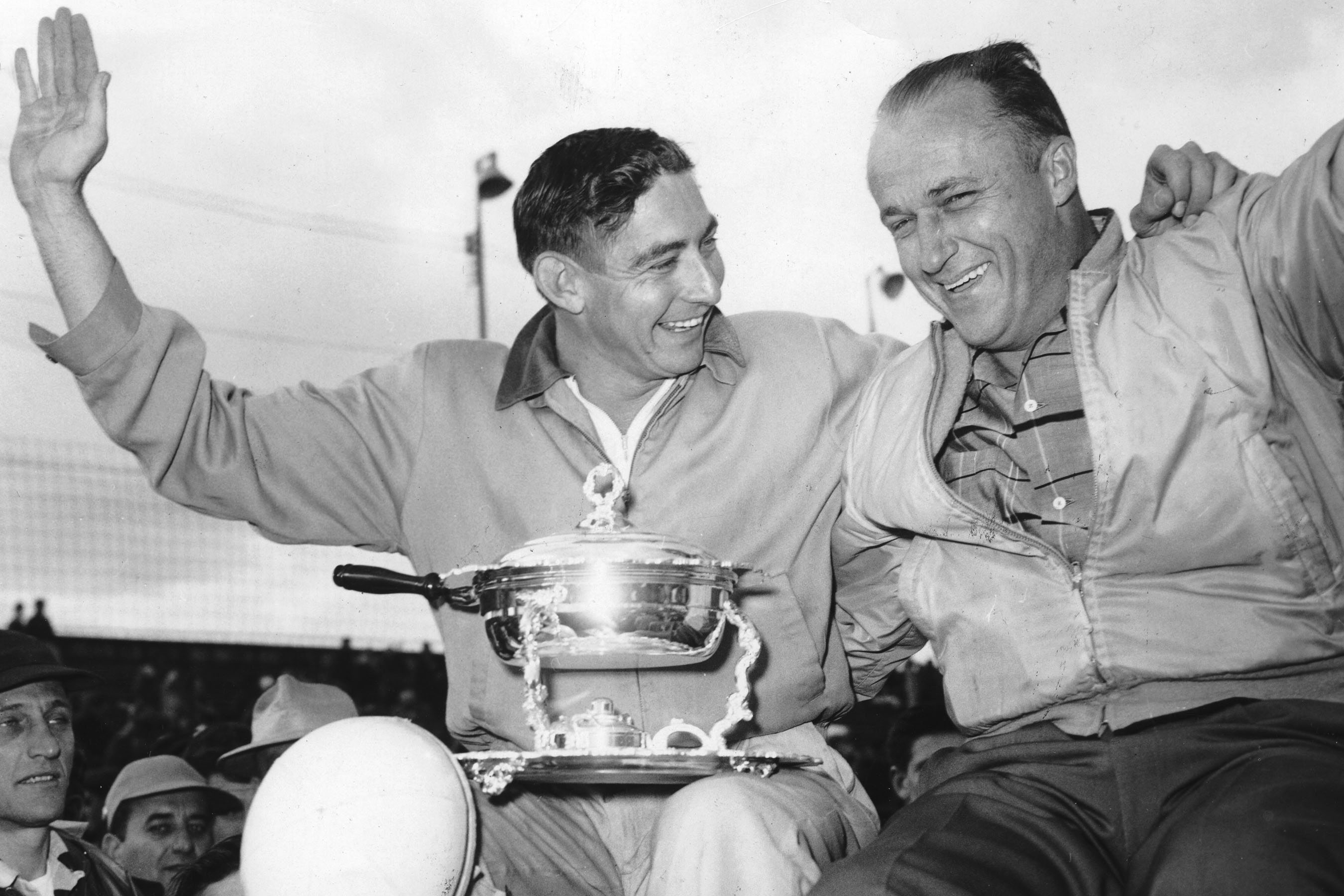
The Tragic Death of Glenn ‘Fireball’ Roberts Forced NASCAR to Research Fire-Retardant Suits
These days, NASCAR is a safer, family-friendly sport. Gawkers in search of morbid scenes have lacked material for nearly 20 years. In the ’60s, though, NASCAR faced one tragedy after the next. It took a particularly horrifying crash of driver Glenn “Fireball” Roberts in 1964 to set off a wave of safety measures that affect racing to this day.
Much like Ayrton Senna’s untimely death changed Formula One for the better, Roberts’ loss was an event that unified driver safety standards in NASCAR.
The fiery end to Roberts’ legendary NASCAR career
On May 24th, 1964, Roberts qualified in the 11th position at the World 600 at Charlotte Motor Speedway. This put him in the middle of the pack, surrounded by drivers at all sides. A collision between two other drivers occurred during the seventh lap. With little room, Roberts managed to maneuver out of their way. His vehicle crashed into a retainer wall, rupturing fuel cells and causing an instant explosion.
He survived for six weeks. Eventually, the second and third-degree burns covering Roberts’ body proved to be too much to recover from. He died from a combination of pneumonia and sepsis, Fox Sports reports.
The irony of a man called “Fireball” dying as a result of a curtain of flames was not lost on the NASCAR fandom. In a sense, it was this irony that served as a hard dividing line between the happy-go-lucky days of jeans and t-shirts drivers, with crashes as an unspoken draw to events, and the coming safety-focused era of serious racing. It’s worth noting that Roberts didn’t even get the name from his racing days; Gameday News reports it actually related to his baseball days, thanks to his nasty fastball.
According to How Stuff Works, the inscription on Roberts’ gravestone communicates exactly what he meant to the NASCAR community. It says, “he brought stock car racing a freshness, distinction, a championship quality that surpassed the rewards collected by the checkered flag.” This is the man that was lost on that terrible day in 1964.
NASCAR’s Herculean effort to prevent another incident like the Roberts crash
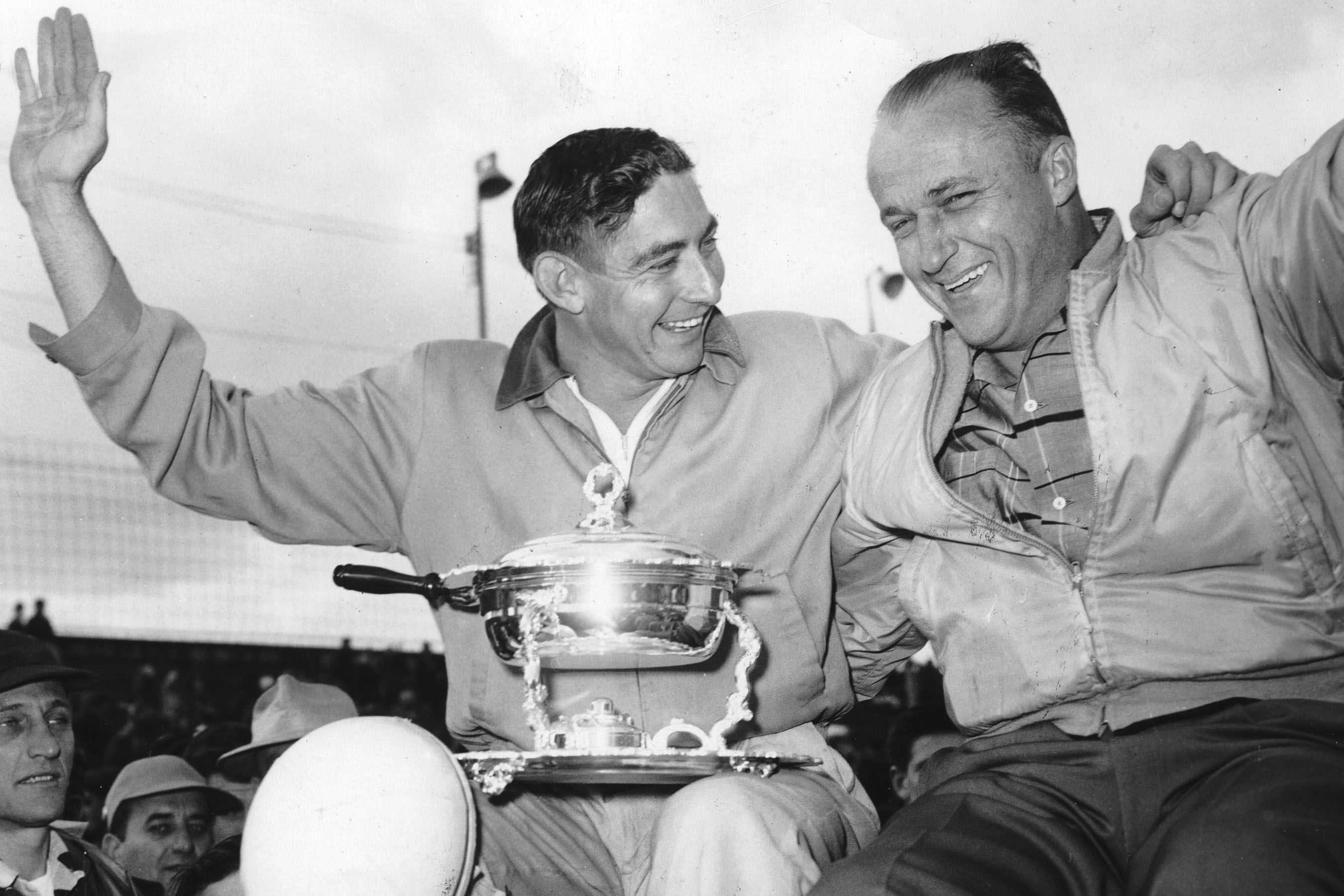
NASCAR fans loved Roberts. His death from burns struck many in the racing community as preventable. According to Bleacher Report, NASCAR collaborated with several companies to fast-track fire safety technological upgrades. These included fire-retardant driver suits and a revolutionary new fuel cell design.
A Jalopnik piece on the history of NASCAR safety notes that Roberts’ death directly led Simpson Race Products to develop new suit materials. By 1965, NASCAR rules required these suits. A year later, a fire-resistant material called Nomex was invented, and integrated into the new suits. It’s still a common feature even in today’s racing gear.
The Firestone FireSafe fuel cell used a tear-resistant rubber bladder filled with void foam. Meant to absorb sloshing gas, it kept the gas in liquid form even in the event of a rupture. In the previous fuel cells used in NASCAR vehicles, the gas would quickly transition to vapor form, triggering dangerous fires and explosions after high-speed collisions.
NASCAR’s recent safety record
NASCAR’s innovations in the wake of Roberts’ heartbreaking death had quick results. But technology didn’t quite keep up with the desire to keep the sport as safe as possible. Drivers continued to die often, despite the constant stream of new rules, regulations, and safety technology. That ended after one death that was too much to bear.
Dale Earnhardt’s 2001 collision on the final lap of that year’s Daytona 500 changed the sport forever. Crucially, it came at a time when car safety technology was moving along rapidly. A wounded NASCAR community gathered itself and determined to change the face of the sport for good. Not a single driver has died during a NASCAR event since.
